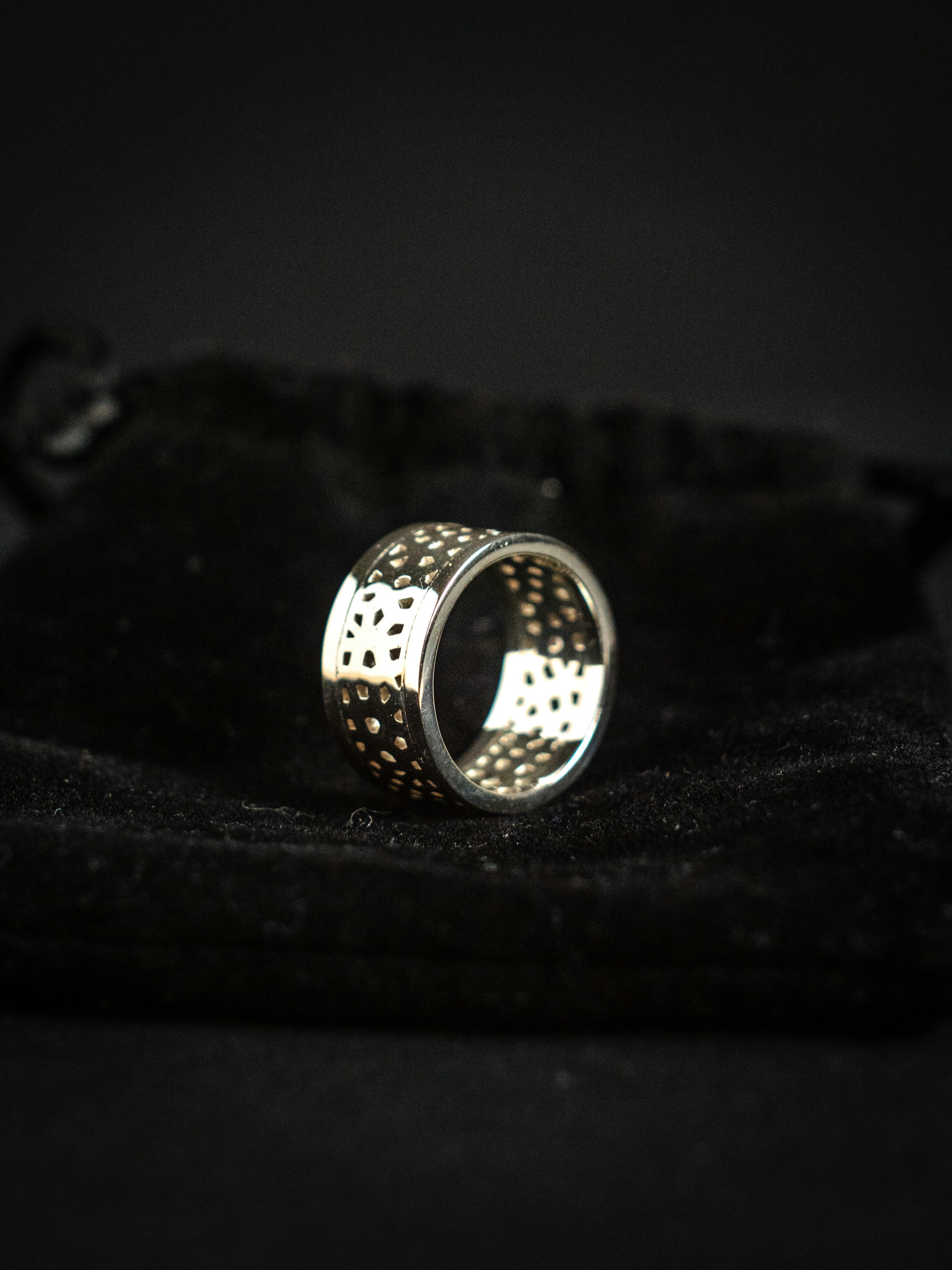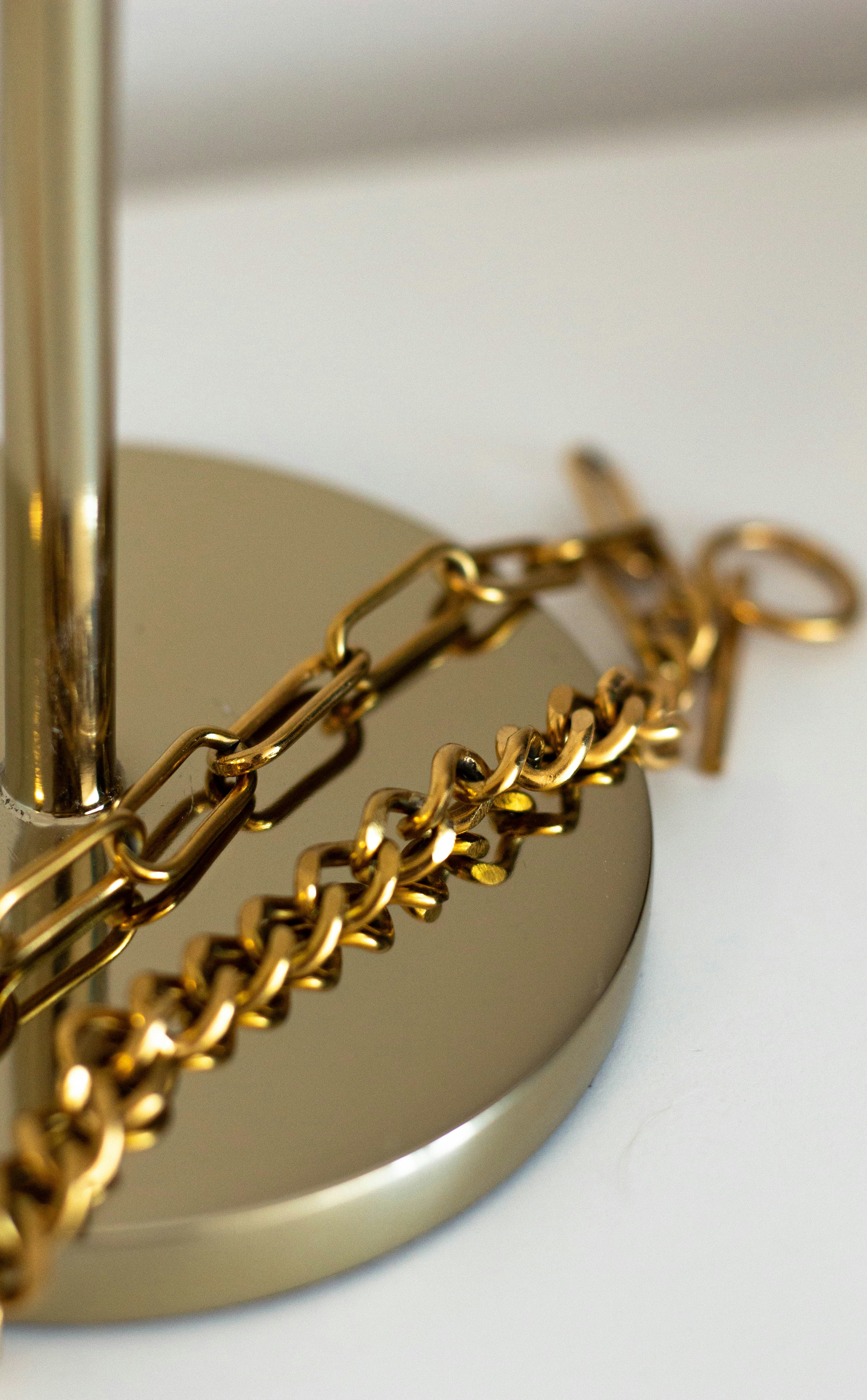1920s Costume Jewelry
Alexander Kellerson

Introduction to 1920s Costume Jewelry
The 1920s, often referred to as the Roaring Twenties, was a decade of significant change and innovation. This era saw the rise of Art Deco, a style characterized by bold geometric patterns and luxurious materials. Costume jewelry, which was previously considered less valuable than fine jewelry, gained popularity during this time as it allowed women to accessorize with style and elegance without the high cost of precious gems and metals.
Costume jewelry became a symbol of the modern woman’s independence and flair. It offered an affordable way to complement the decade's fashion trends, which included flapper dresses, cloche hats, and bobbed hairstyles. The accessibility and variety of costume jewelry pieces made it an essential part of everyday fashion.
The Rise of Costume Jewelry in the 1920s
The popularity of costume jewelry in the 1920s can be attributed to several factors. The economic boom following World War I allowed more people to indulge in luxury items, albeit affordable ones. Additionally, the increased participation of women in the workforce meant that they had their own income to spend on fashion and accessories.
Moreover, Hollywood played a crucial role in popularizing costume jewelry. The glamorous looks of movie stars influenced everyday fashion, and women sought to emulate the sophisticated and chic styles they saw on the silver screen. Costume jewelry was a way to achieve this look without spending a fortune.
Influences and Inspirations
The design of 1920s costume jewelry was heavily influenced by the Art Deco movement, which emphasized clean lines, geometric shapes, and vibrant colors. Designers drew inspiration from various sources, including Egyptian, African, and Asian art, which were popularized by archaeological discoveries and global exhibitions.
Jazz music and the lively dance culture of the era also played a part in shaping the aesthetics of costume jewelry. Pieces were often bold and eye-catching, reflecting the exuberance and dynamism of the period. The emphasis was on making a statement and complementing the flapper’s liberated and energetic lifestyle.
Materials and Techniques
Unlike fine jewelry, which utilized precious metals and gemstones, 1920s costume jewelry was made from a variety of less expensive materials. These included glass, plastic, base metals, and rhinestones. The use of such materials allowed for greater experimentation and creativity in design.
Techniques such as enameling, filigree, and the use of faux gemstones became popular. Enameling added vibrant colors to pieces, while filigree provided intricate, lace-like designs. Faux pearls and imitation gemstones were often used to replicate the look of fine jewelry, making high fashion accessible to a broader audience.
Popular Designers and Brands
Several designers and brands stood out in the 1920s costume jewelry scene. Coco Chanel was one of the most influential figures, promoting the idea that costume jewelry could be just as stylish as fine jewelry. Her designs often featured faux pearls and bold, chunky pieces that complemented her clothing collections.
Other notable designers included Elsa Schiaparelli, whose surrealist-inspired pieces were both whimsical and innovative, and Miriam Haskell, known for her intricately designed and hand-crafted jewelry. Brands like Coro and Trifari also gained popularity, offering a wide range of affordable and fashionable options.
Iconic Styles and Trends
Several styles and trends defined 1920s costume jewelry. Long, dangling earrings were popular, often featuring geometric designs and vibrant colors. Flapper necklaces, typically long strands of beads or pearls, were worn to accentuate the movement of the wearer’s dance and add elegance to their outfit.
Brooches and pins, adorned with rhinestones and enamel, were used to accessorize hats, dresses, and coats. Bracelets, often stacked in multiples, showcased intricate designs and colorful stones. Overall, the emphasis was on bold, statement-making pieces that could elevate any ensemble.
How to Identify Authentic 1920s Costume Jewelry
Identifying authentic 1920s costume jewelry requires a keen eye and some knowledge of the era’s design characteristics. Look for signs of age, such as patina on metals and slight wear on enameling. Authentic pieces often have intricate designs and quality craftsmanship that set them apart from modern reproductions.
Check for maker’s marks or signatures from well-known designers and brands, which can add value and authenticity. Familiarize yourself with the materials and techniques used during the 1920s, as this can help distinguish genuine vintage pieces from imitations. When in doubt, consulting with a jewelry expert or appraiser can provide additional assurance.
Collecting and Caring for Vintage Jewelry
Collecting 1920s costume jewelry can be a rewarding hobby, offering a glimpse into the past and a chance to own a piece of history. When starting a collection, focus on acquiring pieces in good condition and from reputable sources. Building a network with other collectors and dealers can provide valuable insights and opportunities.
Proper care and maintenance are essential to preserving the beauty and value of vintage jewelry. Store pieces separately to avoid scratches and tangling, and clean them gently using appropriate methods for the materials involved. Regular inspections can help identify any potential issues early, ensuring your collection remains in excellent condition.
The Legacy of 1920s Costume Jewelry
The impact of 1920s costume jewelry extends beyond its time, influencing fashion and jewelry design for decades. The bold and innovative styles of the era continue to inspire contemporary designers, and vintage pieces remain highly sought after by collectors and fashion enthusiasts.
The democratization of fashion through costume jewelry paved the way for greater inclusivity and creativity in the industry. Today, the spirit of the 1920s lives on in the statement pieces and eclectic designs that adorn modern fashion, celebrating a legacy of glamour, innovation, and accessible luxury.





